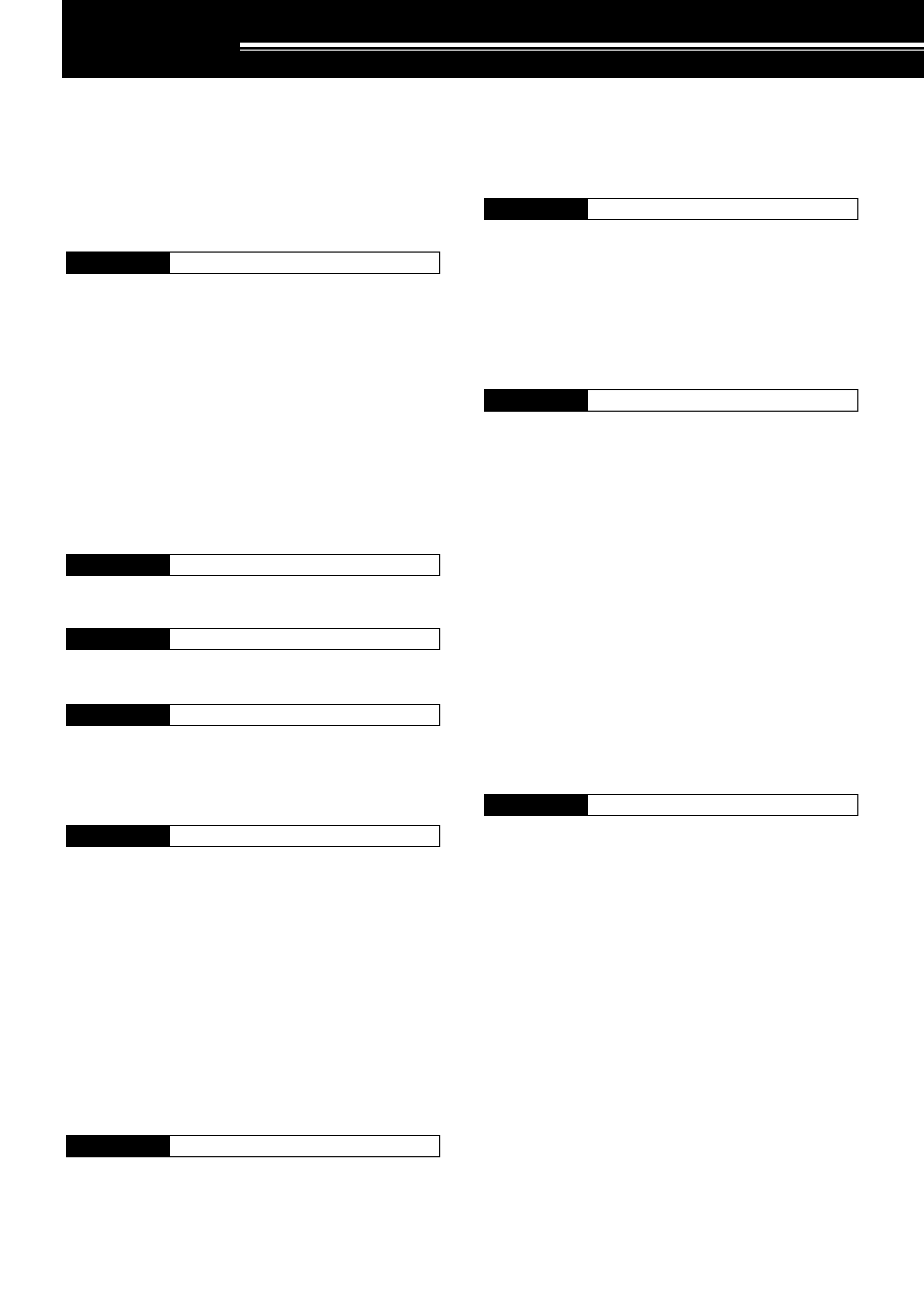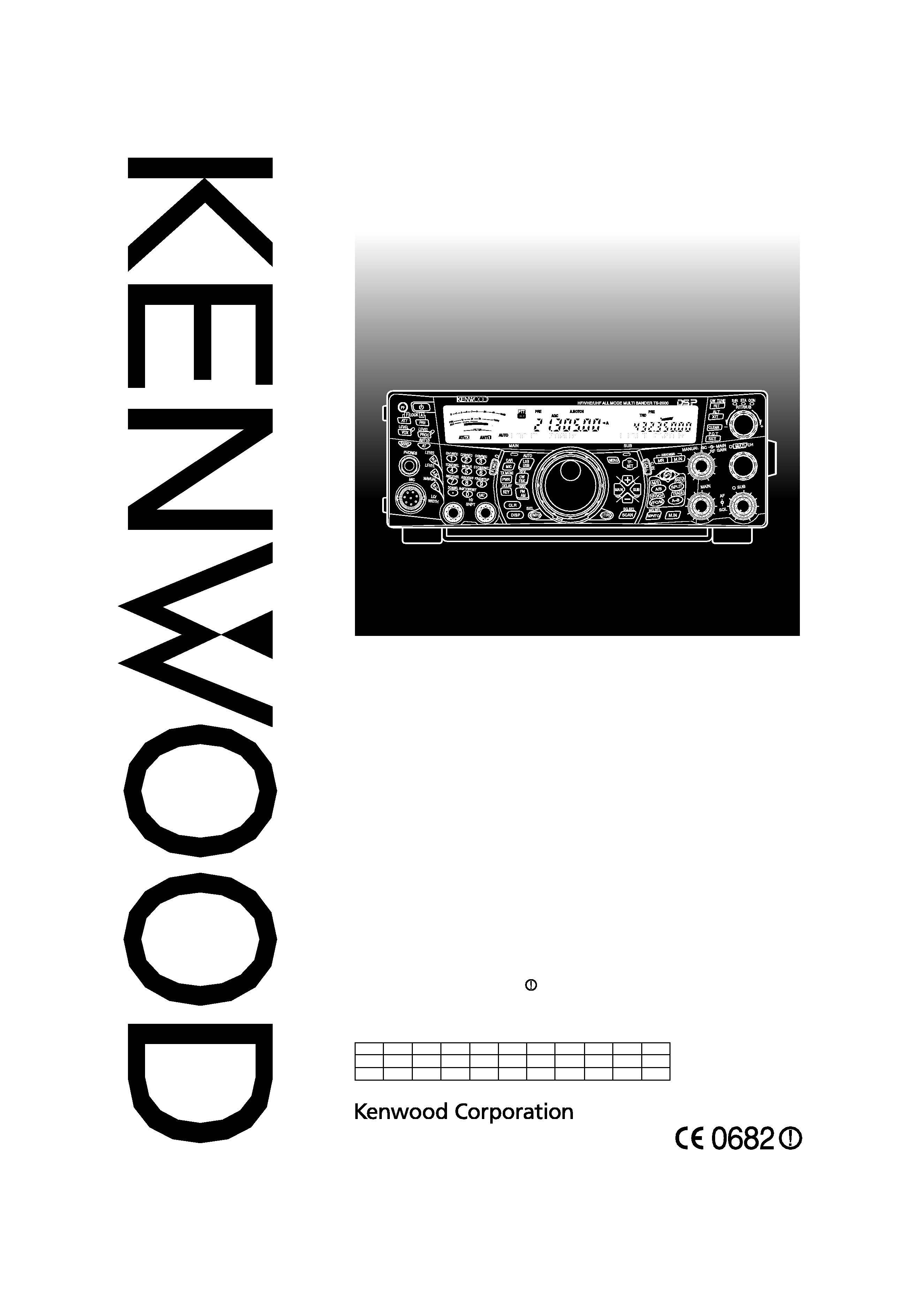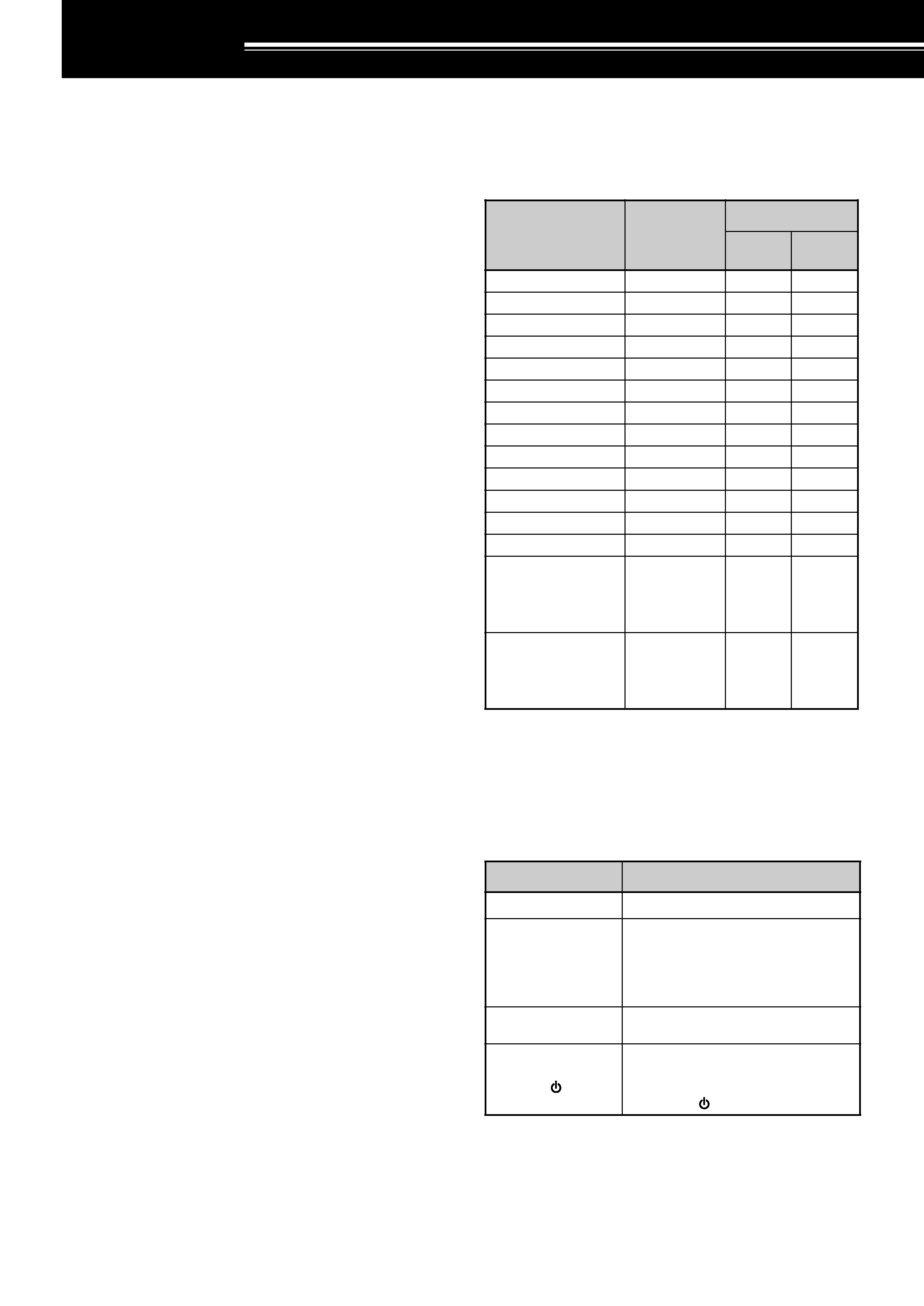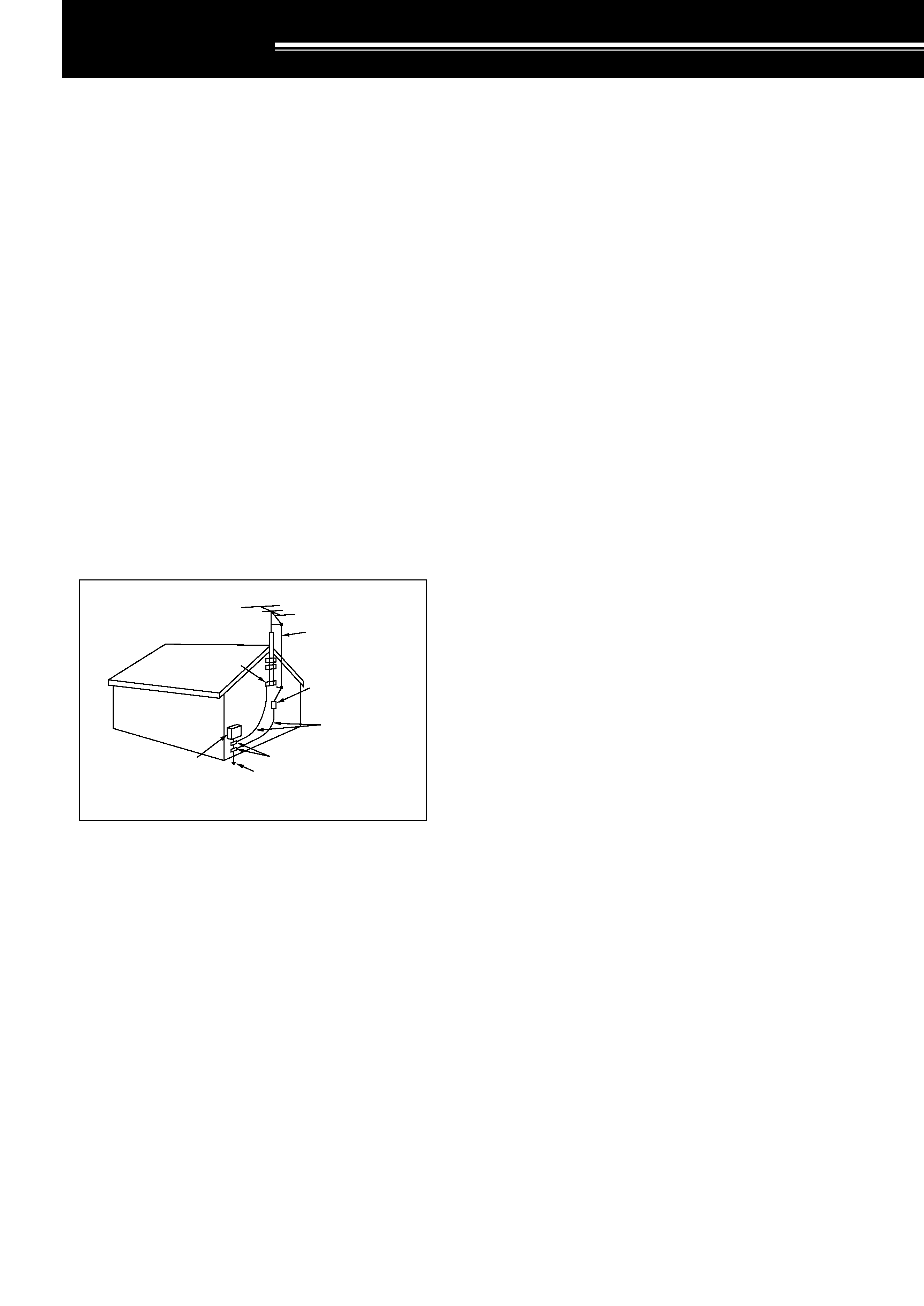
iv
CONTENTS
QUICK MENU ........................................................ 21
PROGRAMMING THE QUICK MENU ............... 21
USING THE QUICK MENU ............................... 21
MENU CONFIGURATION ..................................... 22
ALPHABETICAL FUNCTION LIST ......................... 26
CHAPTER 7
BASIC COMMUNICATIONS
SSB TRANSMISSION ........................................... 28
FM TRANSMISSION ............................................. 28
AM TRANSMISSION ............................................. 29
NARROW BANDWIDTH FOR FM ......................... 29
NARROW BANDWIDTH FOR AM ......................... 29
CW TRANSMISSION ............................................ 30
AUTO ZERO-BEAT ........................................... 30
TX SIDETONE/ RX PITCH FREQUENCY ......... 30
CHAPTER 8
ENHANCED COMMUNICATIONS
SPLIT-FREQUENCY OPERATION ........................ 31
TF-SET (TRANSMIT FREQUENCY SET) .......... 31
FM REPEATER OPERATION ................................ 32
PROGRAMMING AN OFFSET .......................... 32
Selecting an Offset Direction ......................... 32
Selecting an Offset Frequency ...................... 32
TRANSMITTING A TONE .................................. 33
Activating the Tone Function ......................... 33
Selecting a Tone Frequency .......................... 33
Selecting Continuous or Burst ....................... 33
Transmitting a 1750 Hz Tone ........................ 33
AUTOMATIC REPEATER OFFSET ................... 34
REVERSE FUNCTION ...................................... 34
AUTOMATIC SIMPLEX CHECK (ASC) .............. 34
TONE FREQ. ID SCAN ..................................... 34
FM CTCSS OPERATION ....................................... 35
CTCSS FREQ. ID SCAN ................................... 35
FM DCS OPERATION ............................................. 36
DCS CODE ID SCAN ........................................ 36
CHAPTER 9
COMMUNICATING AIDS
RECEIVING ........................................................... 37
SELECTING YOUR FREQUENCY .................... 37
Direct Frequency Entry ................................. 37
Using 1 MHz Steps ....................................... 37
Quick QSY .................................................... 37
Fine Tuning ................................................... 38
Equalizing VFO Frequencies (A=B) .............. 38
RIT (RECEIVE INCREMENTAL TUNING) .......... 38
AGC (AUTOMATIC GAIN CONTROL) ............... 38
TRANSMITTING .................................................... 39
VOX (VOICE-OPERATED TRANSMIT) ............. 39
Microphone Input Level ................................. 39
Delay Time ................................................... 39
SPEECH PROCESSOR .................................... 40
XIT (TRANSMIT INCREMENTAL TUNING) ....... 40
CUSTOMIZING TRANSMIT SIGNAL
CHARACTERISTICS ......................................... 41
TX Filter Bandwidth (SSB/AM) ...................... 41
TX Equalizer (SSB/FM/AM) .......................... 41
TRANSMIT INHIBIT ........................................... 41
CHANGING FREQUENCY WHILE
TRANSMITTING ................................................ 41
THANK YOU ............................................................. i
FEATURES ............................................................... i
SUPPLIED ACCESSORIES ..................................... i
WRITING CONVENTIONS FOLLOWED .................. i
MODELS COVERED BY THIS MANUAL ................. ii
MARKET CODES .................................................... ii
NOTICE TO USER .................................................. ii
PRECAUTIONS ....................................................... iii
CONTENTS ............................................................ iv
CHAPTER 1
INSTALLATION
ANTENNA CONNECTION ....................................... 1
GROUND CONNECTION ........................................ 1
LIGHTNING PROTECTION ..................................... 1
DC POWER SUPPLY CONNECTION ...................... 2
UTILIZING THE BAIL (TS-2000 (X) ONLY) .............. 2
REPLACING FUSES ............................................... 2
ACCESSORY CONNECTIONS ............................... 3
FRONT PANEL .................................................... 3
Headphones (PHONES) ................................. 3
Microphone (MIC) ........................................... 3
REAR PANEL ...................................................... 3
External Speakers (EXT.SP1/ EXT.SP2) ......... 3
Keys for CW (PADDLE and KEY) ................... 3
CHAPTER 2
YOUR FIRST QSO (HF/ 50MHz band)
RECEIVING ............................................................. 4
TRANSMITTING ...................................................... 5
CHAPTER 3
YOUR FIRST QSO (VHF/ UHF band)
RECEIVING ............................................................. 6
TRANSMITTING ...................................................... 7
CHAPTER 4
GETTING ACQUAINTED
FRONT PANEL ........................................................ 8
REAR PANEL ........................................................ 13
DISPLAY ............................................................... 14
MICROPHONE ...................................................... 17
CHAPTER 5
OPERATING BASICS
SWITCHING POWER ON/OFF ............................. 18
ADJUSTING VOLUME .......................................... 18
AUDIO FREQUENCY (AF) GAIN ....................... 18
RADIO FREQUENCY (RF) GAIN ...................... 18
SELECTING VFO A OR VFO B ............................. 18
SELECTING A BAND ............................................ 18
SELECTING A MODE ............................................ 19
ADJUSTING SQUELCH ........................................ 19
SELECTING A FREQUENCY ................................ 19
FRONT PANEL METER ......................................... 19
TRANSMITTING .................................................... 20
SELECTING TRANSMIT POWER ..................... 20
MICROPHONE GAIN ........................................ 20
CHAPTER 6
MENU SETUP
WHAT IS A MENU? ................................................ 21
MENU A/ MENU B ................................................. 21
MENU ACCESS .................................................... 21












